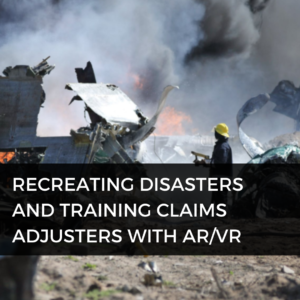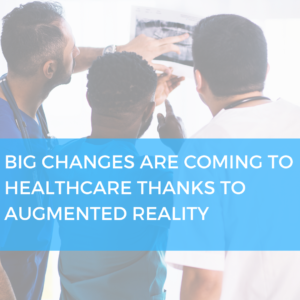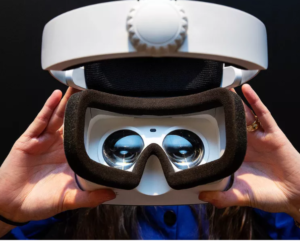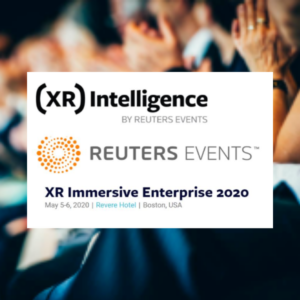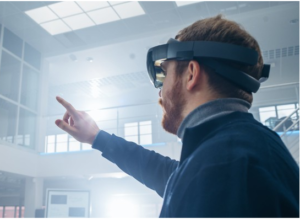5 lessons for the future success of AR and VR from World Economic Forum
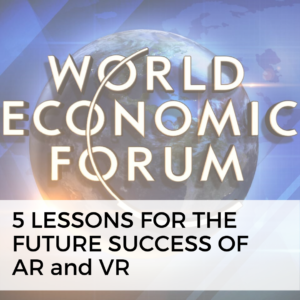
This is just the tip of the iceberg. According to IDC, the AR/VR market is projected to take off over the next five years with a compound average growth rate of over 75%, growing to over $120 billion by 2022.
The World Economic Forum has convened a Global Futures Council on VR and AR, with members from industry, government, academia, nonprofits, and content studios from around the world, who among them have expertise in public policy, education, art, ethics, computer science, innovation and medicine.
The goal of this piece is to summarize the inaugural work of the council and to highlight opportunities and pitfalls of large-scale VR/AR use.
We should learn from history. Here are five key lessons from the past that should shape our journey towards a more virtual and augmented future.
Various topics are covered in the article along with case studies including
Training using AR and VR of which there are a number of case studies.
Using AR and VR experiences to change attitudes and behaviour particularly around empathy which studies have shown can be more effective than watching movies or doing role-playing exercises.
What makes VR/AR special is its body movements—people turn their heads to see other people, use their hands to grab objects, and their feet to walk around.
Diversified teams – Given that VR/AR is a unique medium, and not just an extension of video games and film, the teams that produce the best applications tend to cross boundaries.
Avoid the downsides and the features of the technologies that produce these downsides can be used for strategic advantage. Dozens of peer-reviewed academic articles have demonstrated the effectiveness of this Today, after 25 years of research, these products are beginning to emerge in hospitals and healthcare centres.
VR and AR present a significant market opportunity. To realize this growth, industry and policymakers must collaborate to find ways to mitigate the potential negative effects. Our best advice is to start with a problem that needs to be solved, and then decide if VR/AR technology is a fit. Not everything needs to be immersive, and when choosing where to start we should look to the amazing and enduring success cases from the past.

